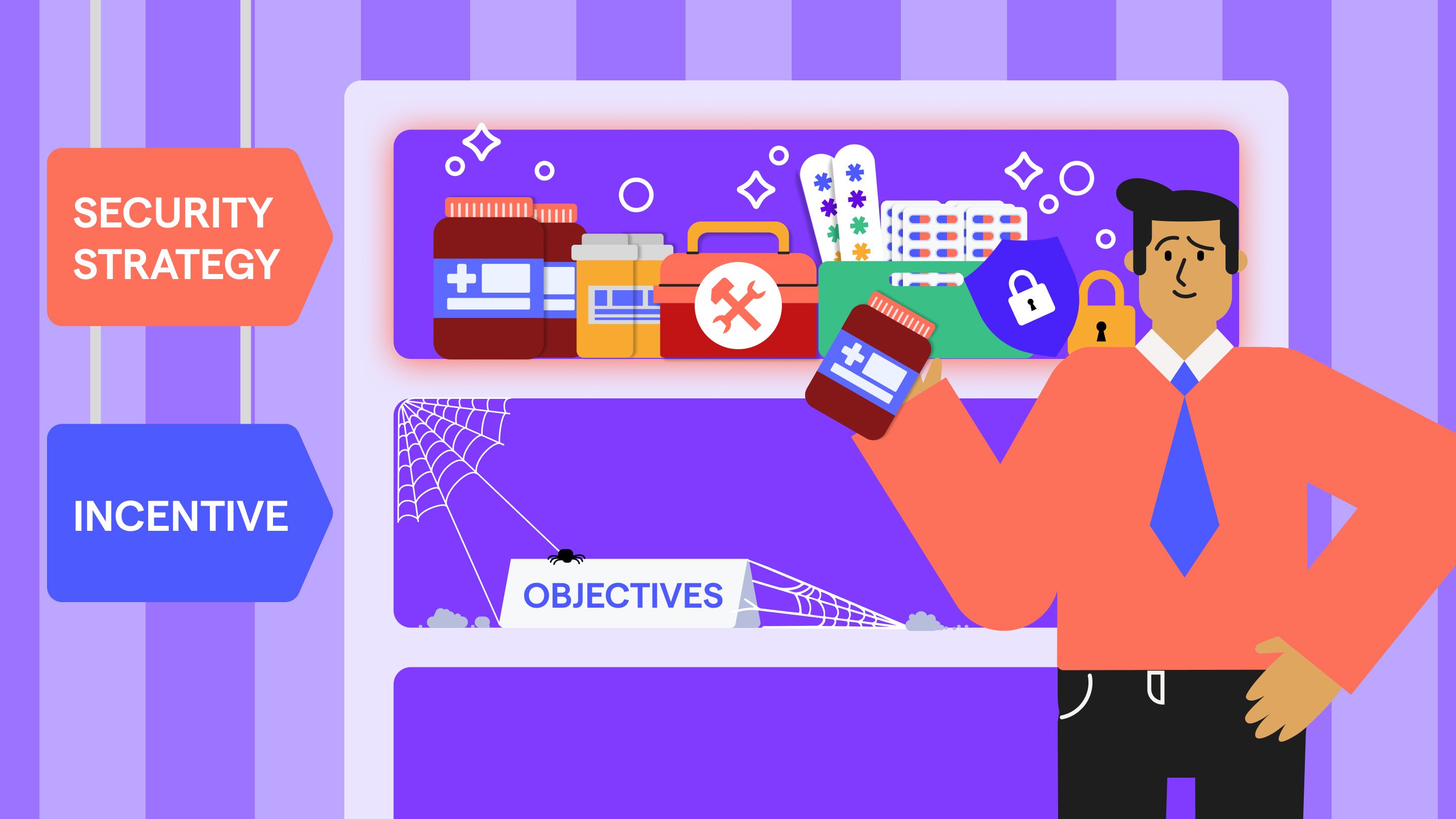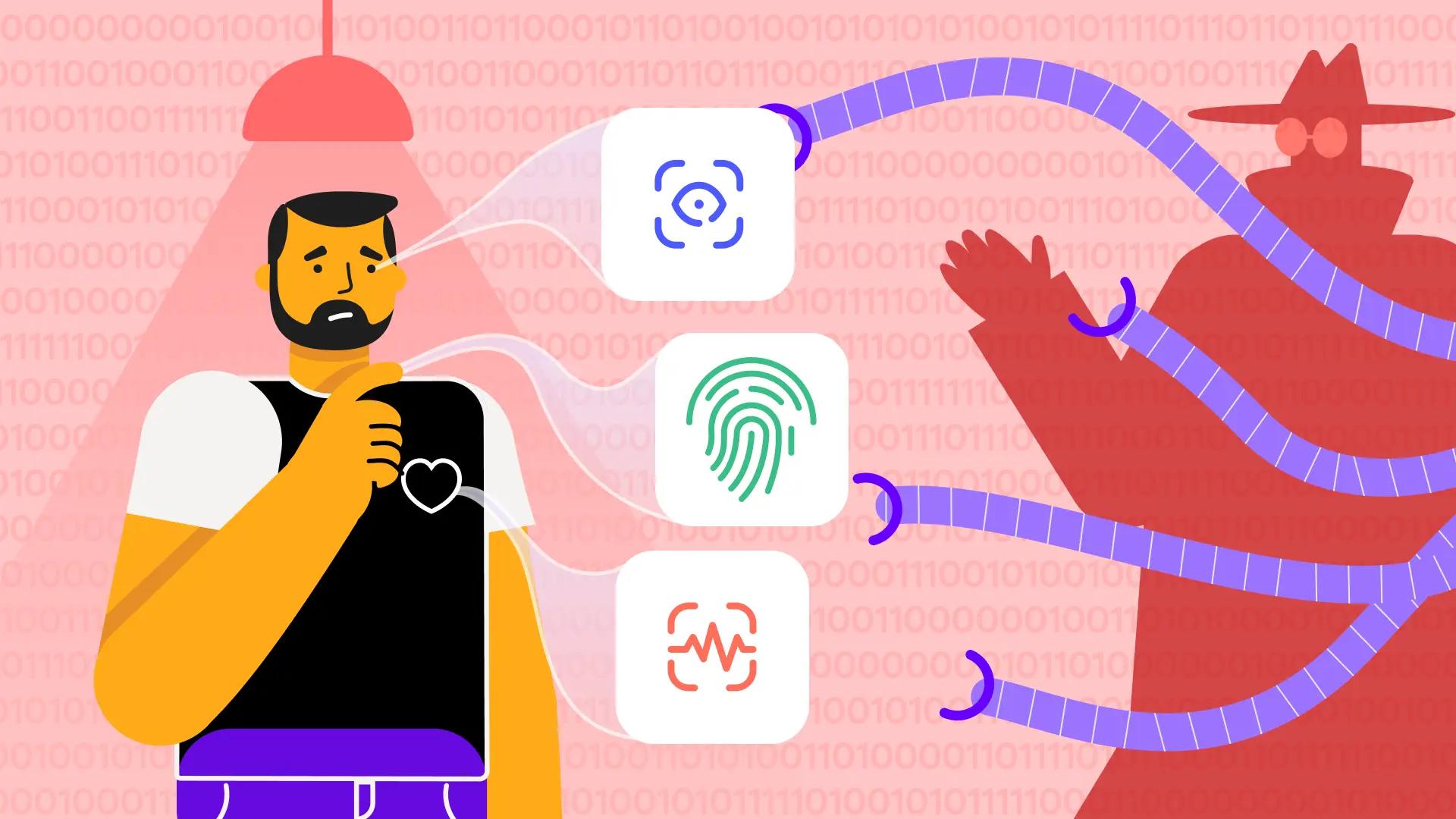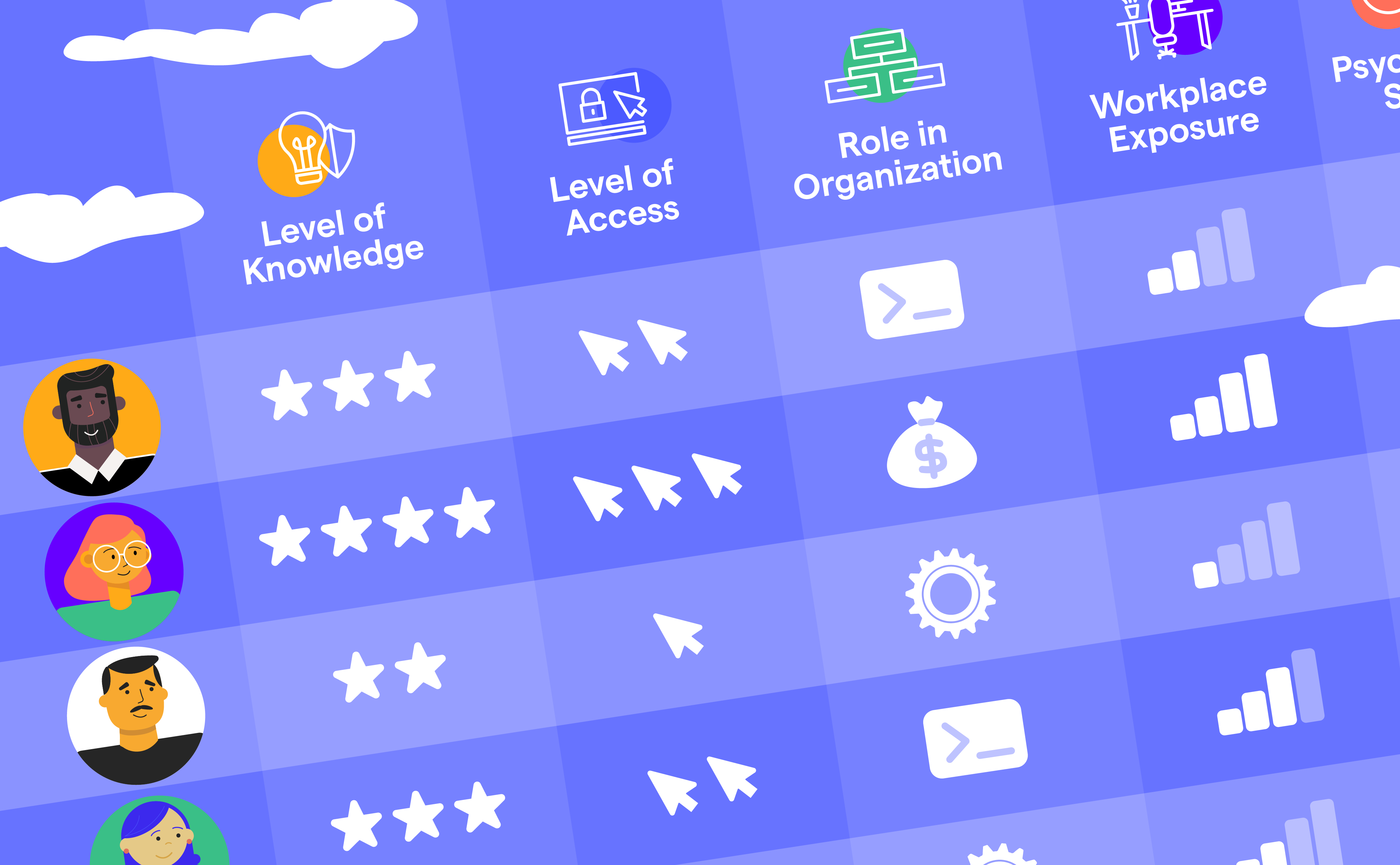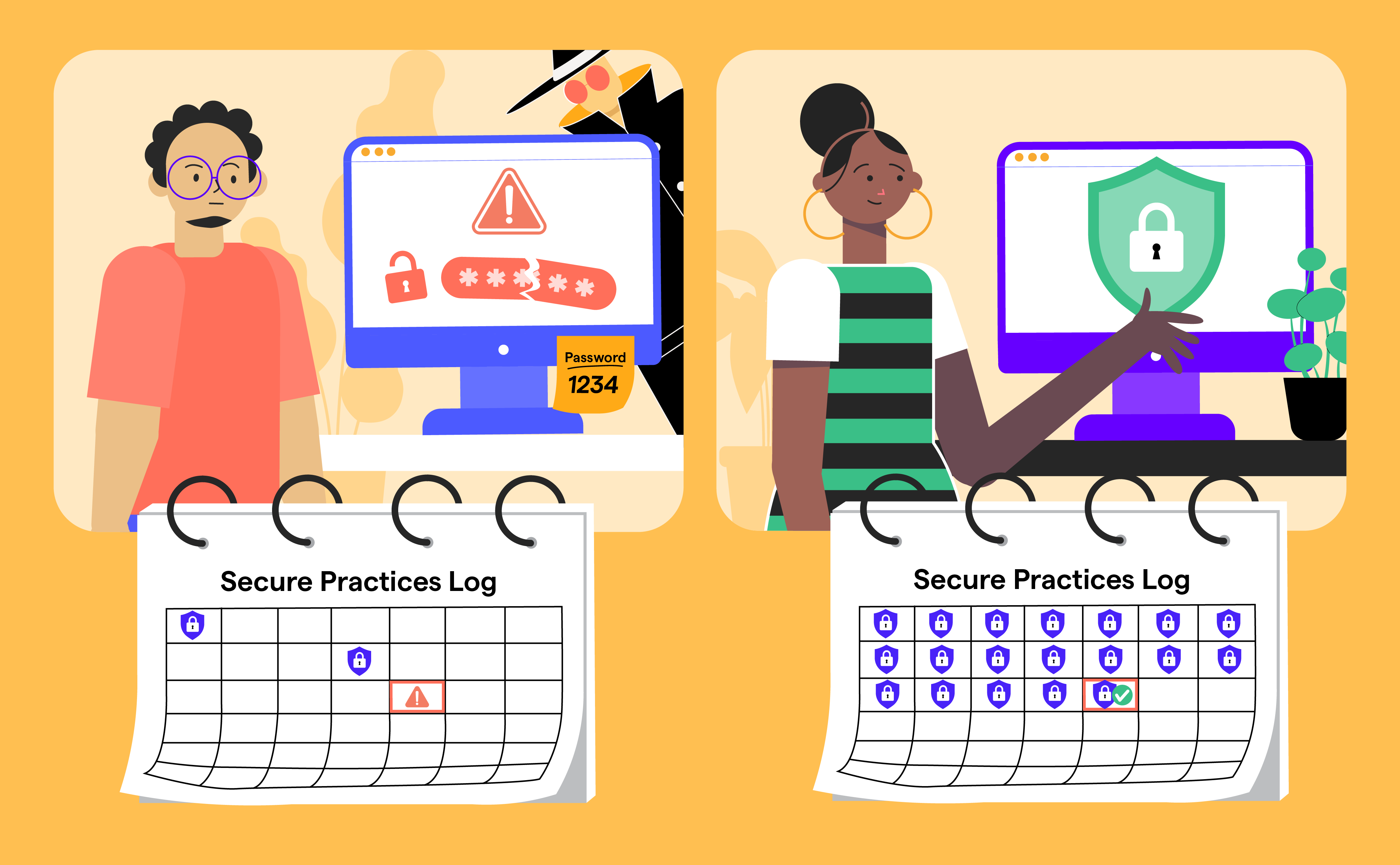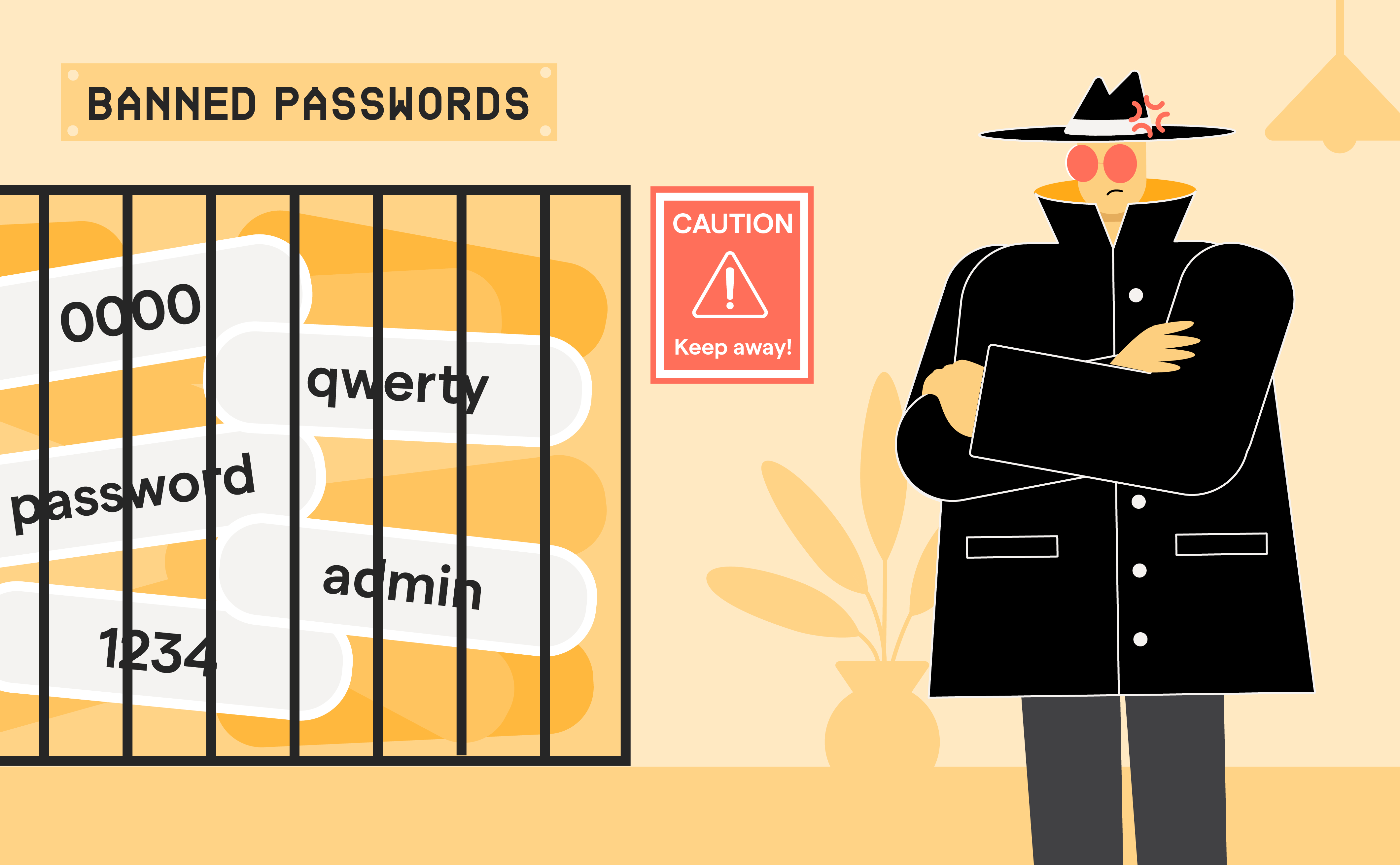
The Human Risk Behind Scareware Attacks
Jun 13

Experience OutThink
You’re deep into your Monday morning to-do list, sipping your third coffee, and suddenly - bam! - a pop-up hijacks your screen.
“Your device is infected. Click here to fix it now!”
Panic kicks in. Is this legitimate? Should you click? Should you call IT?
Welcome to the frustrating world of scareware, a decades-old scam that’s still fooling people, draining budgets, and embarrassing companies to this day. Yes, it’s still here. Yes, it’s evolved. And no, your antivirus software alone isn’t enough.
Let’s unpack why scareware refuses to recede and how it keeps outsmarting us.
What Is Scareware, Really?
Let’s call it what it is: manipulation dressed up as malware.
Scareware is a type of malicious software that uses fear tactics to trick users into downloading fake antivirus programs, offering bogus tech support lines, or visiting spoofed websites. It pretends to be helpful security software but is, in fact, the exact opposite.
You’ll know scareware when you see it: a sudden pop-up alert claims your system is infected. It may even simulate a virus scan. It demands that you act fast. If you don’t, the message warns, your data will be deleted, your system will crash, or worse. But it’s all smoke and mirrors. The goal is to make you panic and click.
It’s psychological warfare in a pop-up window. And it’s disturbingly effective.
Because here’s the kicker: the attack isn’t technical, it’s psychological. It’s fear, urgency, and confusion used as weapons.
Is Scareware Still Around? You Bet - Here’s Why.
You’d think with all our shiny tech like AI threat detection, zero-trust frameworks, and biometric MFA, we’d be immune by now. But scareware doesn’t need to beat your systems. It just needs to beat one thing: you.
It works because humans are… well, human. We panic. We click. We want to solve problems quickly. And the attackers know it. In fact, during the height of the COVID-19 pandemic, scareware had a field day. Remote workers, isolated from IT teams, were bombarded with fake pop-ups and support scams. It wasn’t just random noise, it was profitable.
Back in 2019, the FBI reported $2 million in direct scareware-related losses and over 13,000 tech support scam complaints. And that was years ago. The numbers have only gone up.
One particularly brazen scam: Hackers served scareware ads via the website of the Minneapolis Star Tribune, redirecting readers to fake antivirus pages. The result: $250,000 pocketed before they got caught.
And if you think enterprise users are immune - think again. All it takes is one tired employee clicking the wrong "close" button.
What Does Scareware Look Like Today?
Scareware had a glow-up this year. It’s not just clunky pop-ups with Comic Sans fonts anymore.
Now, it looks like:
- A security alert from "Microsoft" warning of a breach
- A fake antivirus scan claiming to have found 42 viruses
- A tech support window demanding you call a 1-800 number
- A fake system update download with a convincing UI
- Even a browser lock with a message from “the FBI” telling you to pay a fine
What do all these have in common?
They look urgent, official, and terrifying. And that’s exactly the point.
Scareware’s Real Consequences, Not Just Annoyances
You can’t turn away: scareware is not a prank. It can open the door to:
- Credential theft
- Keyloggers
- Ransomware payloads
- Identity fraud
- Financial loss
- And in some cases, a full-on breach of your network
Scareware doesn’t have to be sophisticated. It just has to be believable.
The Tell-Tale Signs of Scareware
Want to avoid falling for scareware? Learn to spot these red flags:
- Dramatic language: “WARNING! CRITICAL THREAT!” is usually scareware, not your real antivirus.
- Fake scans: if your browser suddenly starts scanning for viruses... it’s lying.
- Uncloseable pop-ups: can’t hit “X”? That’s a trap.
- Urgent payments: real antivirus doesn’t demand your credit card after a single alert.
- Programs you didn’t install: if a “cleaner” app suddenly appears, delete it. Now.
The golden rule? If it the language and look are designed to cause panic, don’t click.
What to Do if Someone Clicks on Scareware
It happens. Even the savviest employees can get caught off guard. Here’s what to do:
- Disconnect from the internet immediately
- Run a scan with trusted antivirus software (not the one in the pop-up)
- Uninstall any unknown software
- Clear browser cache and cookies
- Report it to IT or security right away
- Monitor accounts for any strange activity
And if payment info was entered? Contact the bank immediately.
How to Prepare Your People for Scareware
Here’s the truth: you don’t stop scareware with more firewalls or blacklists. You stop it by helping your people recognize scareware warning signs. That’s where OutThink comes in.
OutThink includes a powerful and easy-to-use AI-powered Phishing Simulator that lets you build and launch realistic simulations in minutes. Want to test how your finance team reacts to a fake invoice? Curious if your legal department can spot a rogue “system alert” email?
You can customize campaigns to mimic real-world scareware and phishing tactics, right down to the urgency triggers, branding, and timing. Even better? You can automate learning journeys based on individual behavior.
But it doesn’t stop there. OutThink also enables you to send out awareness nudges, which are short, targeted security messages, immediately after a threat is detected. Whether you want to notify a specific department or raise awareness company-wide, these nudges can be deployed in seconds, shrinking the window between detection and action dramatically.
This is what adaptive security awareness training looks like when it's fast, intelligent, and human-centric.
Scareware Is Here to Stay
Scareware isn’t going anywhere. If anything, it’s getting better, slicker, smarter, scarier. But you don’t have to fall for it. Not if your people know what to look for. Not if your team is empowered to pause, think, and act with confidence.
You don’t need more tools. You need personalized awareness.
That’s how you make your people into your strongest defense and activate your human firewall.


